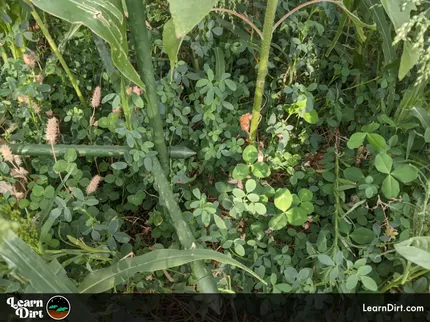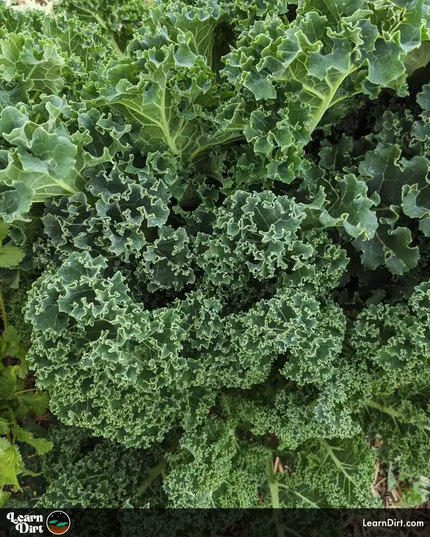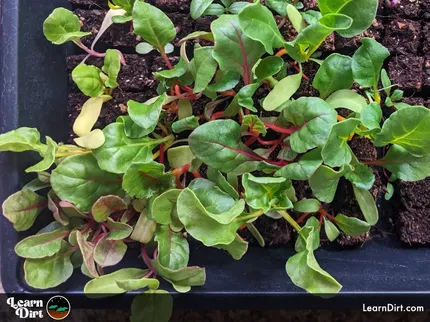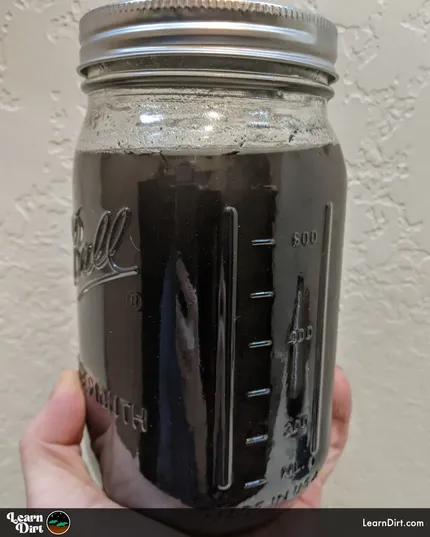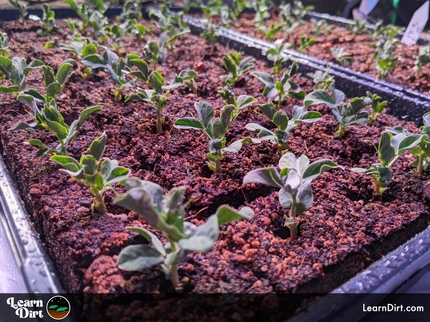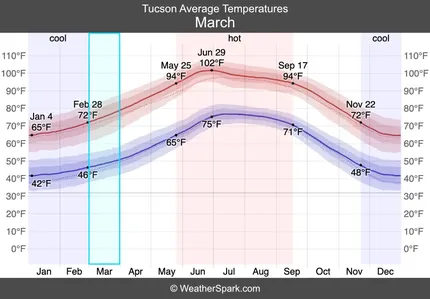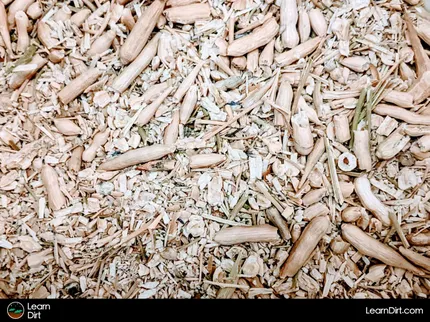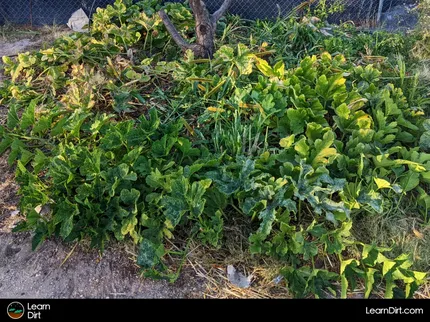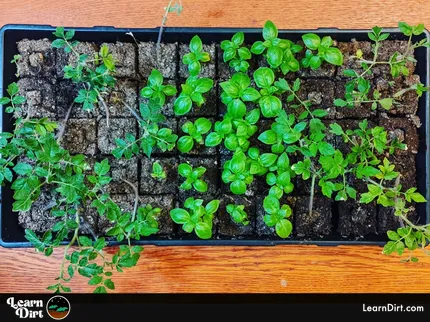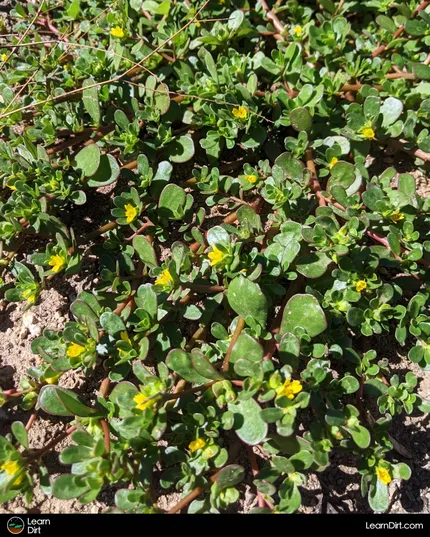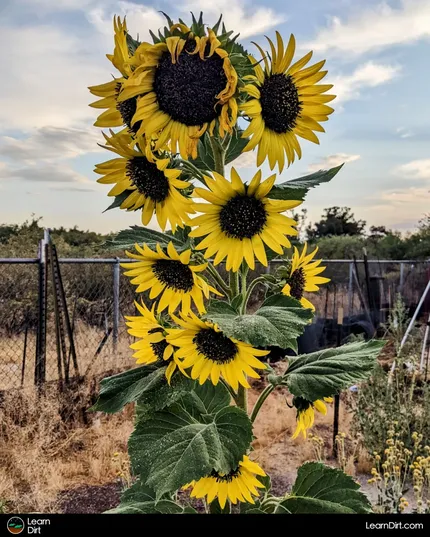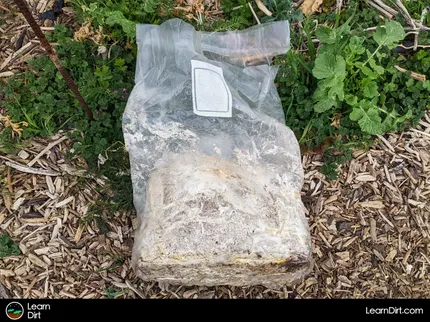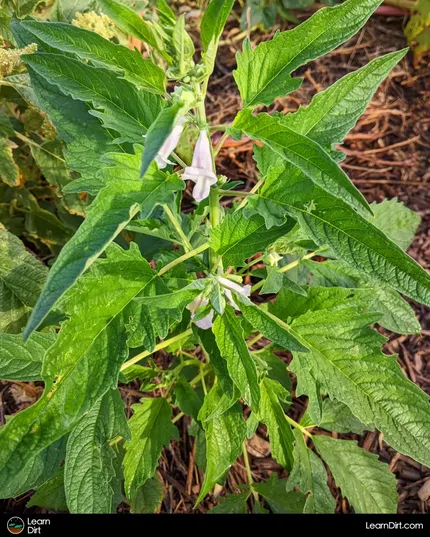Table of Contents
* Our articles never contain AI-generated slop *
Cover crops are a great way to fix nitrogen, acting as an input for nitrogen in your garden or farm system.
For a quick refresher on what nitrogen fixation is and how the process works, check out Nitrogen Fixation and then head back here.
The TL;DR is that some specific bacteria can pull nitrogen from the air, and some plants are adapted to provide food and housing for these bacteria on their roots in exchange for this service.
Disclaimer: This post may contain affiliate links. Refer to the privacy policy for more information.
The end result is that the ecosystem has a natural input from nitrogen, pulling it from the atmosphere and turning it into a usable solid form.
Which Cover Crops Fix Nitrogen?
The following list includes many common cover crops which fix nitrogen. Most are legumes.
Their relative N fixation amounts per acre are listed for comparison, and assume optimal conditions. Cover crops with thi highest nitrogen-fixing potential are listed first.
Many require inoculation with rhizobium bacteria with which they synergize - so be sure your cover crop seed come pre-inoculated or that you inoculate it yourself prior to planting.
| Cover Crop | Avg. N Fixed (lbs/acre) |
Season | Notes |
|---|---|---|---|
| Velvet Bean | 150 | Warm | Fast-growing tropical legume |
| Alfalfa | 150 | Cool/Warm | Perennial, drought-tolerant |
| Hairy Vetch | 145 | Cool | Winter-hardy, late maturing |
| Sunn Hemp | 125 | Warm | Fast N-fixer; not frost-tolerant |
| Fava Beans | 115 | Cool | Bulky biomass, easy to terminate |
| Crimson Clover | 110 | Cool/Warm | Early maturing; good for rotations |
| Common Vetch | 110 | Cool | Similar to hairy vetch, easier to terminate |
| Field Peas | 110 | Cool | Great biomass and weed suppression |
| Sweet Clover | 110 | Cool/Warm | Deep taproot, breaks hardpan |
| Cowpeas | 110 | Warm | Excellent in hot climates |
| Red Clover | 110 | Cool/Warm | Biennial/perennial; frost-hardy |
| Chickling Vetch | 105 | Cool | Good drought resilience |
| Berseem Clover | 100 | Cool | Good regrowth, high biomass |
| Balansa Clover | 100 | Cool | Tolerates waterlogged soils well |
| Sainfoin | 100 | Cool | Non-bloating legume for pastures |
| Arrowleaf Clover | 95 | Cool | Late spring growth; good reseeding |
| White Clover | 80 | Cool/Warm | Low-growing; great in pastures |
| Persian Clover | 80 | Cool | Tolerates mowing well |
| Subterranean Clover | 75 | Cool | Self-reseeding annual |
| Black Medic | 75 | Cool | Low-growing, good for ground cover |
| Lespedeza | 75 | Warm | Good for degraded land |
| Desmodium | 70 | Warm | Often intercropped with grasses |
| Fenugreek | 70 | Cool/Warm | Aromatic legume, drought tolerant, shorter growing season than alfalfa |
| Birdsfoot Trefoil | 60 | Cool | Slow to establish but persistent |
| Partridge Pea | 50 | Warm | Native pollinator support |
Ensuring the Nitrogen Incorporates Into Soil
Once you've grow nitrogen-fixing cover crops, the nitrogen will be locked up in the plants. You need to ensure that the plants are incorporated into your soil in order to gain the benefits of the nitrogen.
A few ways to accomplish this:
Join The Grower's Community
Your space to connect, learn, and belong 🌱
Check It Out!
- Chop + Drop
- Compost
- Vermiculture
- BSFL Bin
- Graze Livestock
- Feed to Chickens
That's all for now, thanks for reading!
If you have any questions, comments, or would like to connect with fellow gardeners, head on over to the forum and post there.


![Black Dirt Live Again [Green]](/media/product_images/black-dirt-live-again-[green]_shirt_260x260.png)


